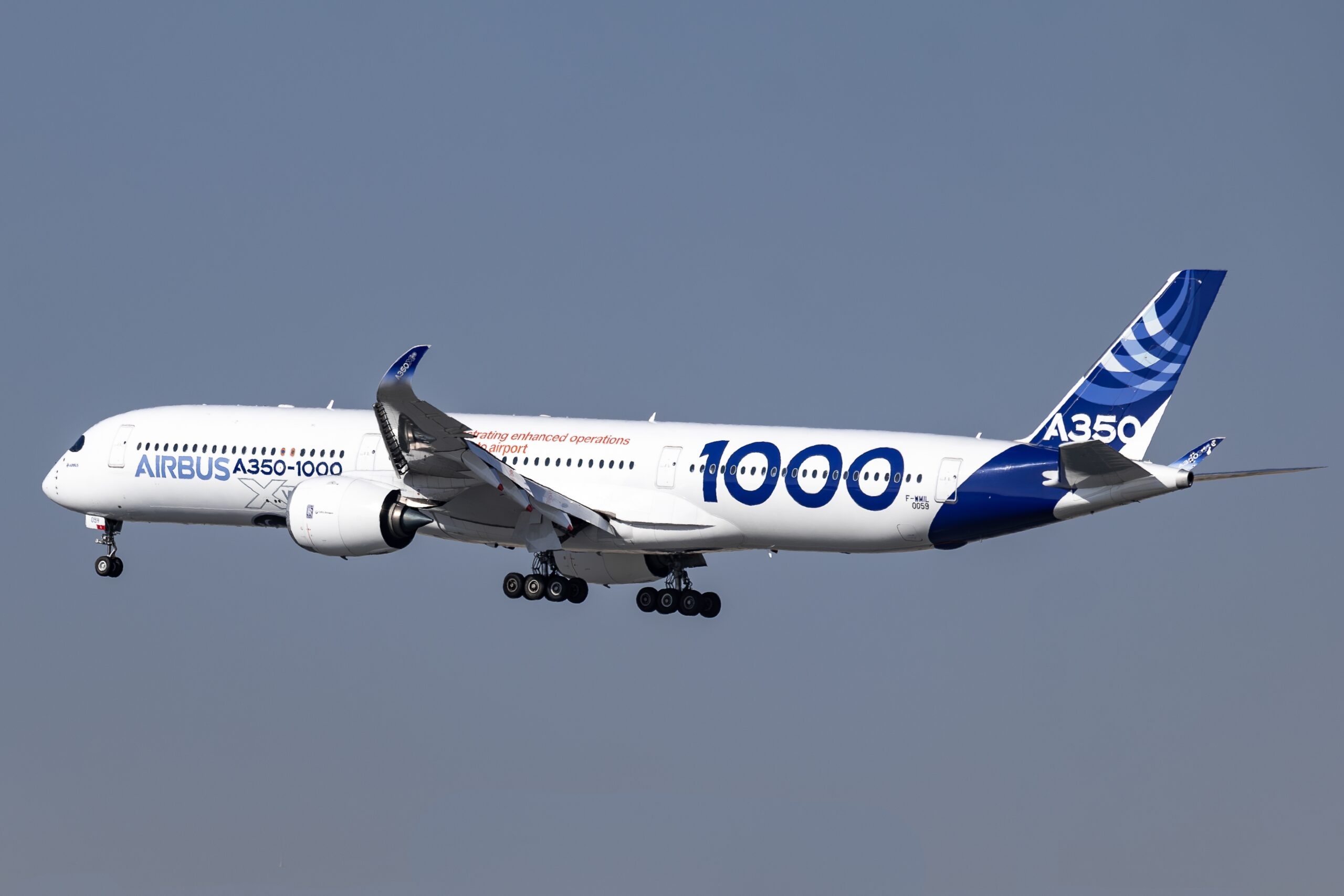AGM-183 ARRW
AGM-183 ARRW: An In-Depth Look
The AGM-183 ARRW, short for Air-Launched Rapid Response Weapon, represents a significant advancement in hypersonic missile technology. Designed primarily for the United States Air Force, it aims to enhance the military’s strike capabilities. The ARRW can travel at speeds over Mach 5, making it difficult for adversaries to track or intercept.
Development and Background
The development of the AGM-183 ARRW began as part of the U.S. Department of Defense’s initiative to catch up with and surpass hypersonic advancements made by other global powers. Lockheed Martin was selected as the primary contractor for this project. The company has a history of developing cutting-edge aerospace technologies, which made them a fitting choice.
Technical Specifications
- Speed: Exceeds Mach 5
- Range: Classified, estimated over 1,000 miles
- Payload: Conventional warhead
- Guidance System: GPS and Inertial Guidance
- Launch Platform: Primarily deployed from B-52 Stratofortress
The missile employs a glider vehicle that detaches from the booster rocket at high altitude. This glider then travels at hypersonic speeds, maneuvering unpredictably to evade defenses. The rocket motor uses solid fuel, providing it with the necessary thrust to reach its target swiftly.
Testing and Trials
Initial tests for the AGM-183 ARRW faced some challenges. Early booster flight tests were not entirely successful, with some failing to meet performance expectations. However, subsequent trials showed marked improvement. Notably, a successful test took place off the coast of Southern California, where the missile achieved hypersonic speeds. Each test provides valuable data, allowing engineers to refine the missile’s performance.
Strategic Importance
Hypersonic missiles like the AGM-183 ARRW offer strategic advantages. Their speed and maneuverability make them hard to intercept. This capability is crucial in modern warfare where rapid response times are essential. The ability to strike distant targets quickly can deter potential threats and provide the United States with a strategic edge.
Global Context
Several nations are pursuing hypersonic technology. Russia has developed the Avangard and Zircon missiles, while China is working on the DF-ZF. These developments have spurred the U.S. to accelerate its hypersonic programs. The AGM-183 ARRW stands as a critical component in maintaining global military balance.
Challenges and Future Prospects
Developing hypersonic technology is complex and costly. Issues like material durability under extreme conditions and precision guidance at high speeds represent significant hurdles. Ongoing research aims to address these challenges. Cooperation between governmental agencies, the military, and private contractors like Lockheed Martin will be crucial.
The future of the AGM-183 ARRW looks promising. Continued advancements in technology could improve its performance further. Integration with other platforms and systems might expand its operational capabilities. The success of the ARRW program will likely influence future hypersonic projects and military strategies.
Budget and Investment
Significant financial resources are allocated to the development of the AGM-183 ARRW. The U.S. Department of Defense has invested billions of dollars in hypersonic research. This investment underscores the importance of the missile to national security. Budgetary considerations will continue to play a role in the program’s progress.
Integration with Military Assets
The AGM-183 ARRW is designed to be launched from platforms like the B-52 Stratofortress. Modifications to existing aircraft have been necessary to accommodate the missile. These integrated systems ensure that the weapon can be deployed effectively. Future integration with other aircraft and possibly naval platforms is under consideration.
Conclusion
The AGM-183 ARRW represents a leap forward in missile technology. Its development is a testament to advancements in aerospace engineering. While challenges remain, the progress made is significant. The ARRW will likely play a crucial role in modern military operations for years to come.






